2005-(I)-Game Theory (ger. Spieltheorie)
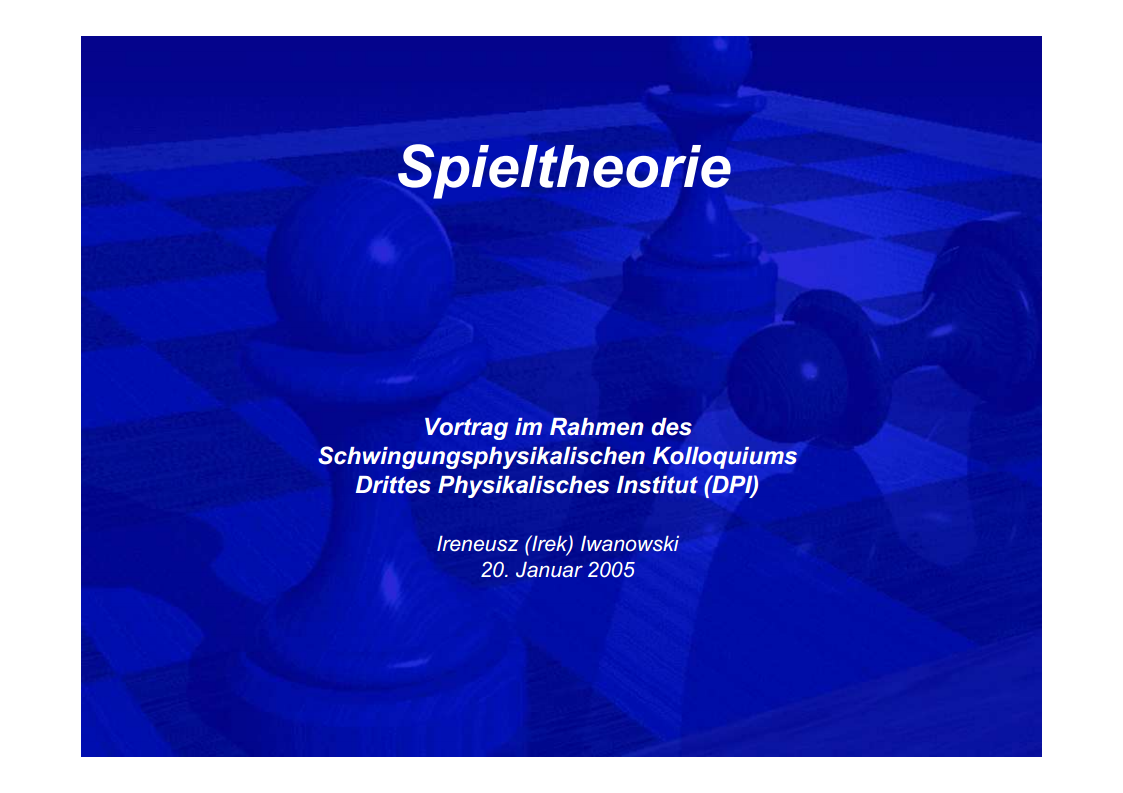

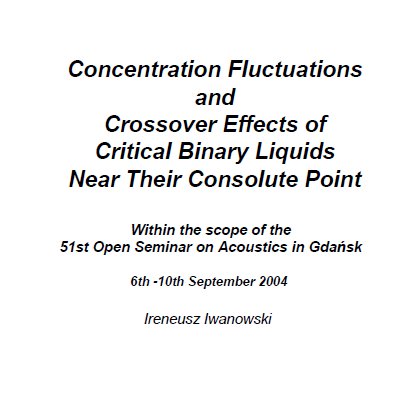
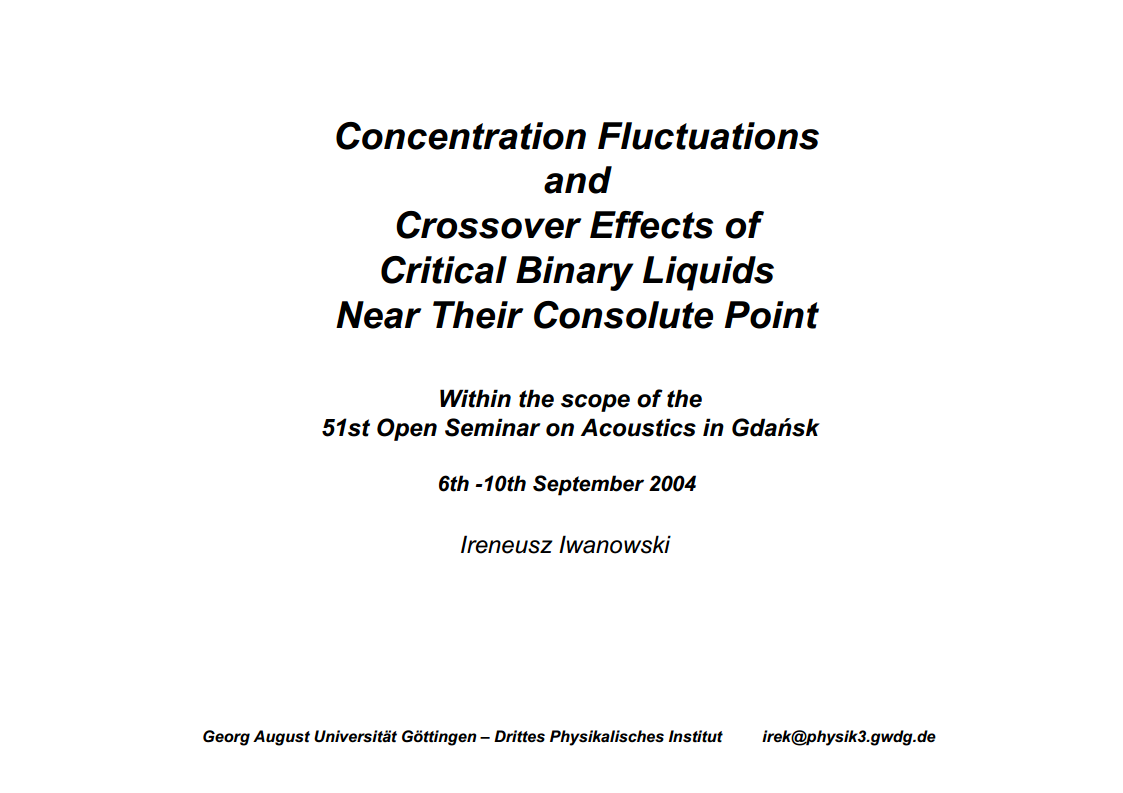
R. Behrends, I. Iwanowski, M. Kosmowska, A. Szala, and U. Kaatze; Sound attenuation, shear viscosity, and mutual diffusivity behavior in the nitroethane-cyclohexane critical mixture;
J. Chem. Phys. 121 (2004) 5929 (1-6)
In the last decades, light scattering techniques have been used with increasing effort for investigations of the physical properties of pure fluids and multicomponent fluids. The dynamic light scattering is a very powerful technique to determine the size of particles or to study critical fluctuations in multi-component fluids. According to the semi-classical theory, when light interacts with matter, the electric field of the light induces an oscillating electronic polarization in the molecules or atoms. With the aid of electromagnetic theory, statistical mechanics and hydrodynamics it is possible to gain information about the structural and dynamic properties of a sample.
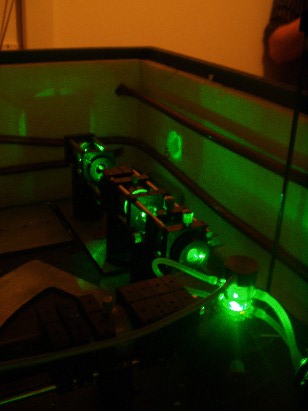
Ultrasonic technique is used to study fast elementary molecular processes in liquids. It is possible to study phenomena like stoichiometrically well defined chemical equilibria, including protolysis and hydrolysis reactions, conformational changes, association mechanisms and critical fluctuations. Oscillating compressions and decompressions in an ultrasonic wave cause oscillations of molecular arrangements in the liquid. An advantage of this technique is that the amplitudes of deformations in the ultrasonic waves are extremely small. It is a non-destructive technique. The available frequency range from 80 kHz to 5 GHz necessitates the use of different techniques: resonator methods and variable path length methods. However, this need provides another advantage of this methods. Because of different instrumental set-ups, systematic errors are unlikely to remain unnoticed.

Example of Ultrasonic Measurement Set-Up: "Resonator"
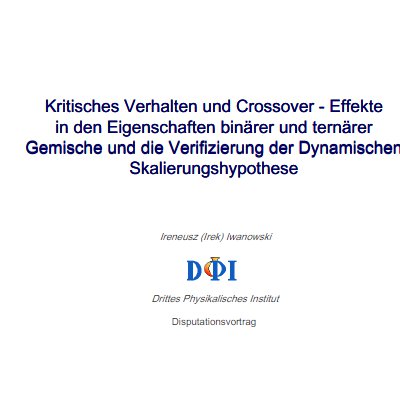
I. Iwanowski; Verifizierung der dynamischen Skalierungshypothese mittels Ultraschallspektroskopie und quasielastischer Lichtstreuung / Das binäre kritische System Nitromethan/Pentanol; Diplomarbeit – Georg August Universität Göttingen (2003)